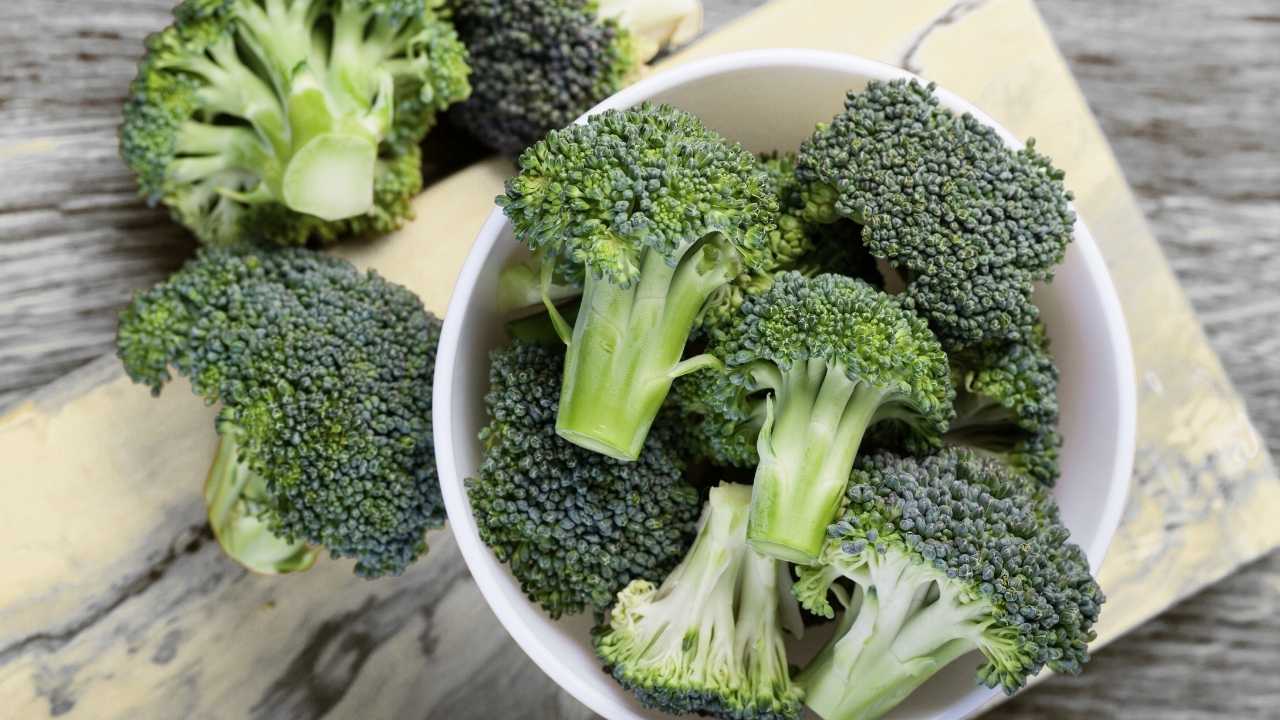Internet Asks: "Is Matcha Low FODMAP?"
Matcha — that earthy, velvety green powder made from finely ground green tea leaves — has taken over morning routines and café menus around the world. It’s rich in antioxidants, a natural energy booster, and a favorite among wellness enthusiasts. But if you’re following a low FODMAP diet due to IBS or digestive sensitivity, you might be wondering: is matcha low FODMAP? Let’s dig in and clear up the confusion. 💚
sponsored links
What Is Matcha, Really? 🍃
Matcha is a type of powdered green tea made from specially grown and processed Camellia sinensis leaves. The plants are shade-grown for about three weeks before harvest — a process that boosts chlorophyll levels and gives matcha its bright green hue. Once harvested, the leaves are steamed, dried, and stone-ground into a fine powder.
Unlike traditional green tea where you steep the leaves and discard them, matcha is consumed whole. This means you're getting more of everything — including caffeine, fiber, and beneficial plant compounds like L-theanine (a calming amino acid) and catechins (potent antioxidants). The result? A more potent tea that delivers a unique combination of energy and calm.
There are two main grades of matcha:
👉 Ceremonial-grade: High-quality, smooth,
and ideal for sipping with water.
👉
Culinary-grade: Slightly more bitter, and
better for lattes, baking, and smoothies.
Because you're ingesting the entire leaf, matcha has a different nutritional profile than steeped teas — and that’s why it requires a bit more caution if you're on a low FODMAP diet.
So, Is Matcha Low FODMAP? ✅
Yes — in small amounts. According to Monash University, matcha is low FODMAP at a serving size of 1 teaspoon (2 grams). This amount is equivalent to one homemade matcha latte or tea.
⚠️ Consuming more than 2 grams may contribute to gastrointestinal symptoms in sensitive individuals, not due to FODMAPs directly, but because of matcha’s caffeine and bitter polyphenols that can stimulate the gut.
What About Matcha Lattes and Store-Bought Drinks? 🛑
Here’s where it gets tricky. While pure matcha powder is low FODMAP in moderation, many commercial matcha drinks are not. They often contain:
👉 Regular milk (high in lactose)
👉 High-fructose corn
syrup or honey
👉 Inulin or chicory root extract (known
FODMAP triggers)
👉 Multiple servings of matcha in one
drink
If you're ordering a matcha drink at a café, always ask about ingredients. Or better yet, make your own!
sponsored links
How to Enjoy Matcha Safely on a Low FODMAP Diet 🍵
👉 Use 1 tsp of pure matcha powder per
serving
👉 Mix with
lactose-free, oat, rice, or almond milk
(check for FODMAP-friendly versions)
👉 Sweeten with
maple syrup or stevia, not honey
👉
Choose certified matcha with no added
fillers or sugars
💡 Pro Tip: ceremonial-grade matcha tends to be smoother and less bitter than culinary-grade, and it's great for sipping straight!
Bonus: Is Matcha Good for IBS? 🤔
Some people with IBS find matcha soothing thanks to its combination of L-theanine and caffeine, which provides calm alertness rather than jittery energy. However, others may find it stimulates the gut too much. As always, personal tolerance is key. Start with a small serving and see how your body reacts.
Final Thoughts 💬
Yes, matcha is low FODMAP — but only in moderation. Stick to 1 tsp (2g) or less per serving, use low FODMAP add-ins, and watch for tricky ingredients in premade drinks. It can be a great part of your daily ritual, even with a sensitive gut. 🌱
sponsored links
References 📚
1. Harvard School of Public Health – Tea & Health
2. IBS Diets & Low FODMAP Evidence – Monash FODMAP Blog
Ready to level-up?
Create meal plans 10x faster, follow up with your clients through our mobile app, and never struggle with meal planning or recipe management again.
